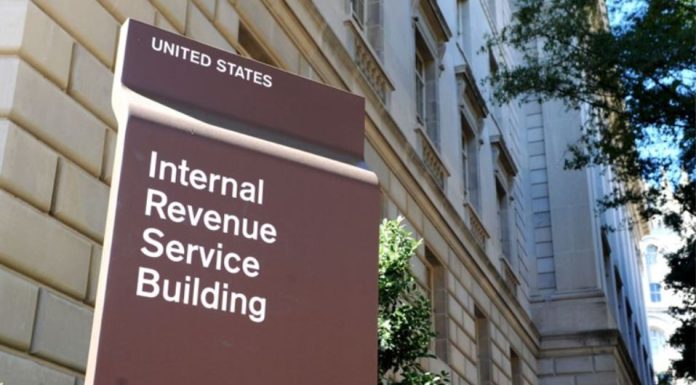Oct. 19 (UPI) — The IRS has announced plans to adjust household tax rates for inflation in 2023, meaning millions of U.S. workers will take home more money next year.
The decision will increase standard deductions, while changing the rate of tax at certain levels of income as surging costs continue to inflict pain across every sector of the U.S. economy, hitting the pocketbooks of regular Americans especially hard.
Inflation is at more than 8% year over year. The Bureau of Labor Statistics released data last week showing rents up 7.2%, while electricity costs jumped 15% and groceries surged 13% during the same time. Health insurance costs have also gone up about 30%.
The Biden administration sees the tax modification as a way to offset rising food and energy prices — the worst the country has seen since the 1980s.
The amount of tax savings for couples and individuals, however, is capped by an law passed under President Donald Trump in 2017, which inextricably links tax rates to an adjunct Consumer Price Index.
Still, next year’s standard deduction for couples will grow to $27,700, an increase of $1,800; while the standard deduction for individuals will rise $900 to $13,850.
In all, seven income brackets will be adjusted for inflation, with the largest shift coming among the highest earners.
The tax rate goes down per each lower tax bracket, giving middle-class earners the lion’s share of the benefits.
In the coming year, individuals who earn $578,125, and joint-filing married couples who earn $693,750, will pay a top income tax rate of 37%.
Individuals who make $539,900 can expect a rate of 35%, along with individuals who make $231,250 annually, and married couples who bring in $462,500 per year.
Individuals who make $182,100 and couples who make $364,200 will pay 32%, while a 24% rate will apply to individual incomes of $95,375 and $190,720 for couples.
Individuals who make around $44,000 and married couples who earn around $89,000 will now pay 22% tax.
The lowest tax rates of 12% and 10% apply to individuals and couples with incomes that fall below $11,000 and $22,000, respectively.
Recent Labor Department data shows inflation-adjusted weekly earnings fell almost 4% since a year ago.
The directive features a full package of savings, including one that affects the earned-income tax credit for low-income workers, which will grow about $500 annually for qualifying taxpayers with three or more children.







